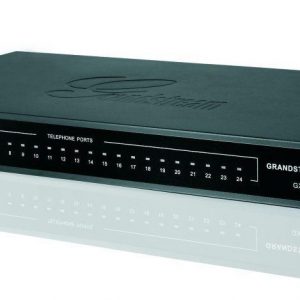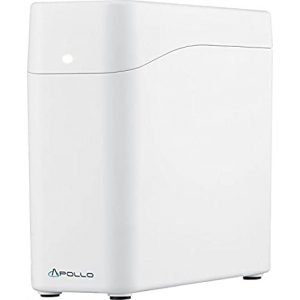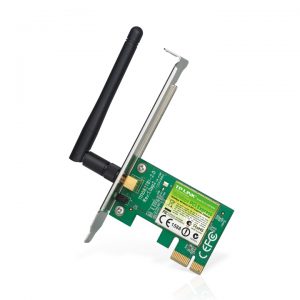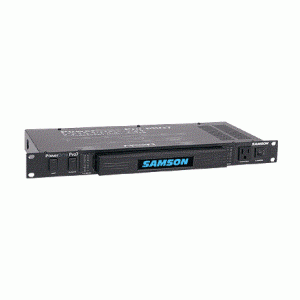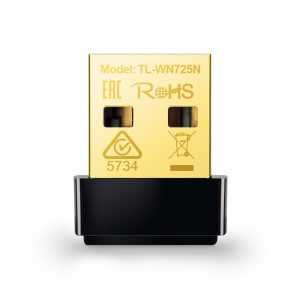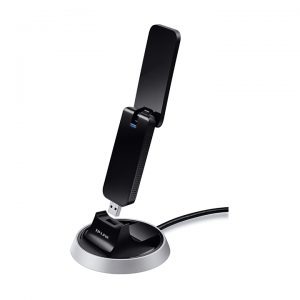The X540-T1 Single Port Ethernet Converged Network Adapter from Intel is used by many OEMs (Original Equipment Manufacturers) as a single-chip solution for LAN on Motherboard (LOM) to deliver 10 Gigabit Ethernet (10 GbE) on server platforms. It works with legacy Gigabit Ethernet (GbE) switches and Cat 6A cabling. The auto-negotiation between 1 GbE and 10 GbE provides the necessary backwards compatibility for smooth transition and easy migration to 10 GbE.
The Intel X540 uses low cost, Cat6 and Cat 6A cabling. The MAC and PHY are integrated into a single-chip solution, eliminating active heat sink and reducing per-port power consumption. Its flexible reach from 1 meter to 100 meters supports the latest network architectures including Top of Rack (ToR), Middle of Row (MoR) and End of Row (EoR). With 10x increase in performance, it also features Unified Networking (iSCSI, FCoE and LAN), Virtualization (VMDq and SRIOV) and Flexible Port Partitioning (FPP). It provides bandwidth-intensive applications with highly affordable 10 GbE network performances and cost-effective RJ-45 connectivity for distances up to 100 meters.
iSCSi simplifies SAN connectivity
Flexible Port Partitioning (FPP)
Data Center Bridging (DCB) Delivers Lossless Ethernet
Unified Networking
I/O Features
Virtualization Features
4096-bit hash filter for unicast and multicast frames
Promiscuous (unicast and multicast) transfer mode support
Optional filtering of invalid frames


